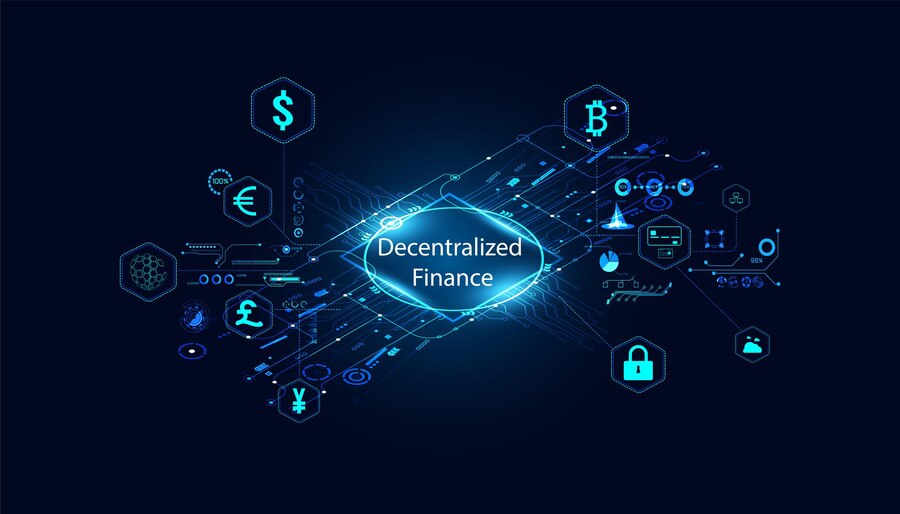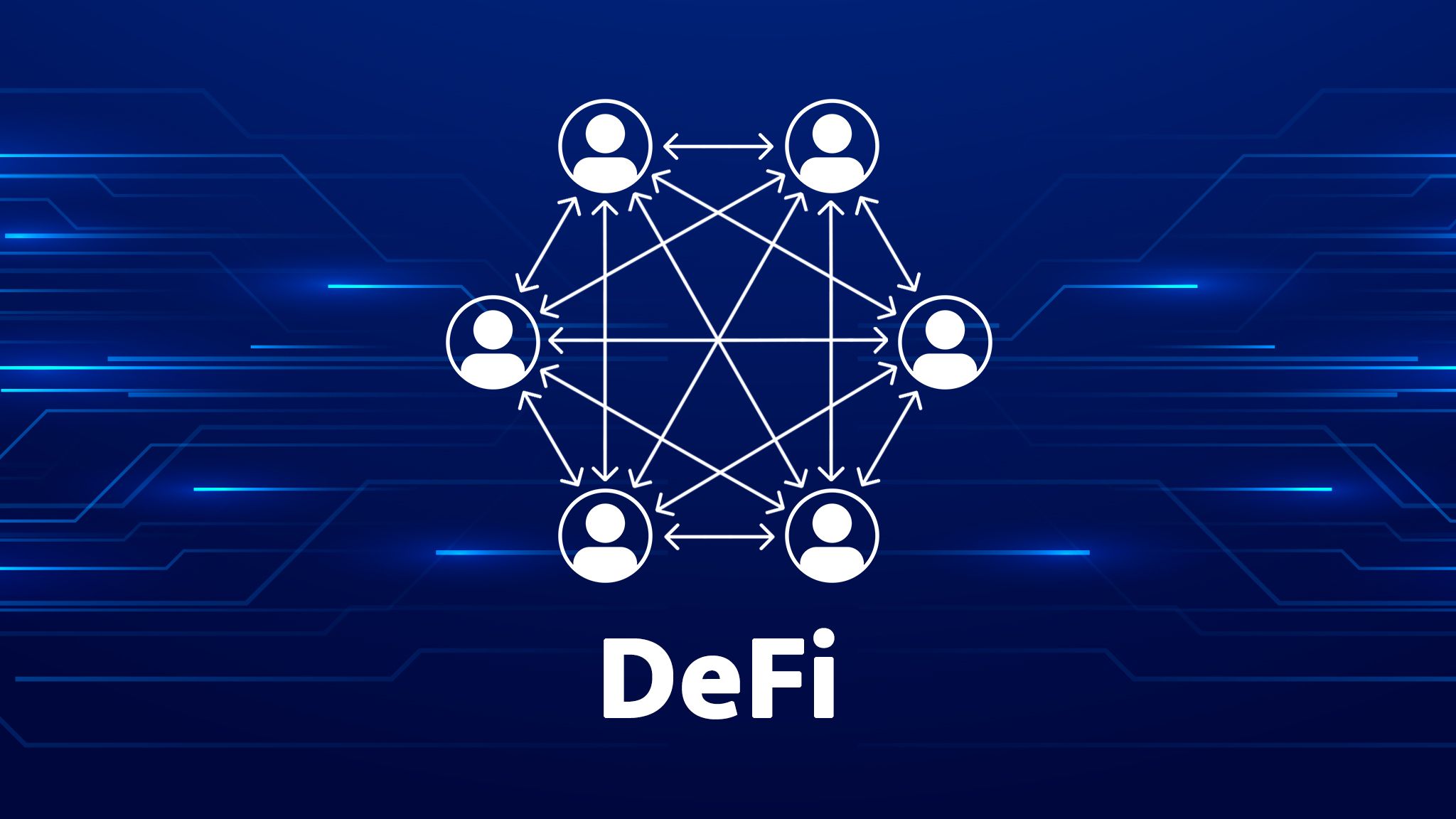Decentralized Finance (DeFi) 2.0: The Next Phase of Financial Evolution
- 1 The Rise of DeFi 2.0: Redefining Financial Paradigms
- 1.1 Smart Contracts and Beyond The Evolution of DeFi Protocols
- 1.2 Scalability and User Experience: Overcoming Challenges of DeFi 1.0
- 1.3 Decentralized Governance: Empowering Community Consensus
- 1.4 Security and Auditing: Safeguarding the DeFi Landscape
- 1.5 Interoperability: Bridging Traditional Finance and DeFi
- 1.6 Embracing Decentralized Identity (DID) Solutions
- 2 Conclusion
In the rapidly evolving landscape of the financial world, a remarkable phenomenon known as Decentralized Finance (DeFi) has emerged, forever changing the way we perceive and interact with money. DeFi has seen incredible growth and innovation since its inception, and now, with the dawn of DeFi 2.0, the movement is set to enter an exciting new phase of financial evolution. Amidst this dynamic landscape, an online trading platform has been making waves, enabling users to leverage the power of DeFi and cryptocurrencies to unlock new opportunities in the global market. Visit Altrix Prime Site to take a step into the lucrative world of trading.
The Rise of DeFi 2.0: Redefining Financial Paradigms

DeFi, as a concept, revolves around building a decentralized financial ecosystem where traditional intermediaries such as banks and other financial institutions are replaced by smart contracts and blockchain technology. This paradigm shift has opened up a world of possibilities, enabling users to access a wide array of financial services without the need for traditional gatekeepers. In this exciting phase of DeFi 2.0, the movement is maturing and expanding beyond the initial use cases, aiming to address the shortcomings and challenges faced during the earlier stages.
Smart Contracts and Beyond The Evolution of DeFi Protocols
One of the key elements driving the growth of DeFi 2.0 is the evolution of smart contracts. These self-executing contracts have provided the foundation for various financial applications within the decentralized ecosystem. Building upon this foundation, DeFi 2.0 is exploring more sophisticated and interoperable protocols that can seamlessly interact with each other, forming a holistic financial infrastructure. This improved compatibility between different DeFi platforms promises to enhance the efficiency and usability of the entire ecosystem.
Scalability and User Experience: Overcoming Challenges of DeFi 1.0
DeFi 1.0 faced significant challenges, particularly concerning scalability and user experience. As the number of users and transactions surged, network congestion became a prevalent issue, leading to high gas fees and slow processing times. DeFi 2.0 aims to address these pain points by integrating Layer 2 solutions and other scaling techniques, significantly improving transaction speeds and reducing costs. Additionally, enhanced user interfaces and intuitive applications are being developed to make DeFi more accessible to mainstream audiences.
Decentralized Governance: Empowering Community Consensus
An essential aspect of DeFi 2.0 is the emphasis on decentralized governance. While DeFi 1.0 projects introduced governance tokens, the decision-making power often remained concentrated among a select few. DeFi 2.0 protocols are evolving towards a more inclusive and community-driven governance model, allowing stakeholders to actively participate in shaping the platform’s future. Through transparent voting mechanisms, users can voice their opinions and collectively determine the direction of the DeFi ecosystem.
Security and Auditing: Safeguarding the DeFi Landscape
As the DeFi landscape expands, so does the need for robust security measures and thorough auditing of smart contracts. DeFi 2.0 projects are placing utmost importance on security to protect users’ funds and data. Third-party auditing services are becoming a standard practice, providing assurance and transparency to users that the protocols are free from vulnerabilities and potential exploits.
Interoperability: Bridging Traditional Finance and DeFi
Interoperability is a crucial focus of DeFi 2.0, as it aims to bridge the gap between traditional finance and the decentralized world. Seamless integration with fiat currencies and traditional financial instruments will enable a smooth transition for users looking to embrace DeFi. Projects are pioneering this integration, allowing users to easily trade between cryptocurrencies and traditional assets, thereby enhancing financial inclusivity.
Embracing Decentralized Identity (DID) Solutions
Decentralized Identity (DID) solutions are a key component of DeFi 2.0, providing users with secure and verifiable identities on the blockchain. DID solutions protect user privacy while ensuring compliance with regulations and anti-money laundering (AML) measures. As DeFi evolves, DID will play a pivotal role in establishing trust and credibility within the ecosystem.
Conclusion
In conclusion, DeFi 2.0 marks a significant step forward in the evolution of the financial landscape. With improved scalability, user experience, governance, security, and interoperability, this phase holds the potential to bring decentralized finance closer to mainstream adoption. The integration of platforms with DeFi further empowers users to explore the vast possibilities of this financial revolution. As the world embraces the decentralized future, it is imperative for users to exercise caution, conduct thorough research, and keep abreast of the latest developments in the DeFi 2.0 ecosystem. The future of finance is here, and it is decentralized.

















